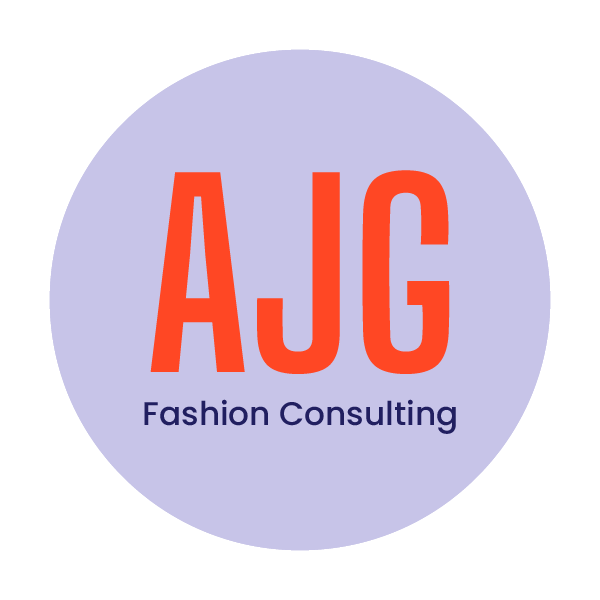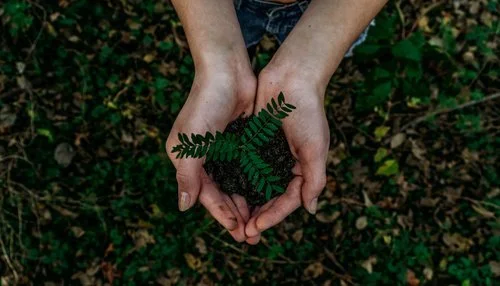What is Ethical Fashion?
Consumers are increasingly asking questions about how their products are made in an effort to practice a more ethical lifestyle. This leaves a unique opportunity for businesses to dedicate even a portion of their line to sustainable and ethical production methods.
There are so many niches associated with ethical production it can be hard to navigate. The good news is there are many movements for businesses to tap into. By understanding your personal values, you can ramp up your ethical offerings.
Ethical Fashion Glossary
Ethical – A general term to describe a business’ commitment to apply ethical practices to any portion of their supply chain.
This is an easy term to inform consumers of the positive impact your business is making socially and/or environmentally.
Due to the vague nature of being “ethical”, consumers typically look for more concrete evidence from a business to prove their commitment.
The benefit is that it alerts consumers that you are doing more to support ethical practices than traditional retail.
Sustainable – Production that aims to minimize negative influences throughout the supply chain
This is slightly more focused than simply being ethical.
Applying this concept to the environment, businesses can manufacture products using processes and materials that minimize negative environmental impacts.
In terms of sustainable labor, businesses can uphold the sustainability concept by committing to long-term partnership that provides consistent and sufficient work.
Fair Trade – A partnership between businesses and suppliers dedicated to improving the labor conditions and quality of life for marginalized producers in production supply chains.
This is a more concrete concept than the first two.
By allowing marginalized producers access to the global marketplace, businesses have access to a variety of products not seen in traditional retail. This includes unique designs, traditional techniques and exclusive materials.
Fair Trade suppliers are somewhat easier to find because these business practices can be verified through official certification with regulating organizations like the World Fair Trade Organization (WFTO) or the Fair Trade Federation (FTF).
As Fair Trade continues to grow, this concept becomes easier to communicate to consumers.
Fair Wage/Livable Wage – Providing a living wage based on what an individual should make to support themselves and their family on a consistent basis.
Fair wages are determined through conversations between producers, suppliers, and at times, retailers. A common practice is to add an additional 10%-50% onto the minimum wage of a region to ensure the cost of living is covered.
The responsibility of verifying wages are fair ultimately lies on suppliers. However, retailers have the opportunity to consider their pricing for development and final production and ask questions to ensure wages are not greatly impacted.
Consumers continue to become more interested in who made their products and appreciate transparency and ethical practices.
Artisan Made – Products created by an individual or a community based on specific learned skills or techniques.
Depending on how technical the skill and intricate the design, these products are usually made in small quantities. They may also require some capacity building investment to scale overtime.
Artisans tend to work in various utilities such as home goods, decor, clothing, etc.
There are also hundreds of mediums artisans work with such as textiles, printing, woodwork, fine arts, etc.
Handmade Craft - A craft that is largely produced by a skilled artisan using mostly manual labor.
Similar to artisan made, handmade crafts can be found in any medium and in a multitude of utilities.
It may be surprising to learn that handmade products can have some machine-made materials. Examples include hand-loomed fabrics, soldered metals, and drum dyed natural materials. The use of these machines aid in increasing efficient production. However, the final product will still maintain a handmade feel.
Overall, the assembly will be done by hand by an artisan. Examples of this would be a bracelet made of machine-made seed beads, or a hand-woven scarf made with synthetic dyed thread.
When educated on these special techniques, consumers appreciate the handmade touch of these crafts and the inherent added value it provides.
Traditional Craft - Handcrafted products created using simple or complex techniques which have historic or cultural significance.
Similar to artisan made products, this work can involve an individual or a community of skilled artisans.
It is more specific than handmade crafts, as the methods of production have been preserved for up to thousands of years with little intervention from modern technology.
Examples include wood and bone inlay, block printing, and hand embroidery.
As with handmade crafts, consumers appreciate the one-of-a-kind nature of these products along with its ties to the culture it came from.
Eco-Friendly – Material or production processes that use earth-friendly practices to create their products.
Businesses have many opportunities for easy innovation within eco-friendly practices. Examples include carbon offset partnerships, plant-based materials and dyes, and compostable packaging.
From a cost perspective, an eco-friendly commitment may be easiest for most businesses.
Zero Waste – The business practice of reducing material waste and repurposing remaining waste materials into reusable resources.
This is one of the most challenging concepts to implement due to its strict conservation of materials and other inputs throughout the supply chain.
Since traditional production practices create a considerable amount of waste, a full transition for a business to become zero waste may take several years.
Small steps overtime and communicating a commitment to reducing waste may be appreciated by even the most environmentally conscious consumers.
Organic – Restricted use of pesticides and other chemicals in the manufacturing of products.
Certifications exist to identify suppliers and should be verified.
Consumers are drawn to this movement for its somewhat low environmental impact and the resulting ‘cleaner’ products.
B Corporation (B Corp) – Considered one of the highest certifications, these businesses have to meet high standards of verified social and environmental performance, public transparency, and legal accountability to balance profit and purpose.
The goal of this certification is for businesses to continuously improve their supply chain and operation practices for the betterment of all stakeholders.
B Corp is an emerging concept gaining traction with small and large businesses.
Certification is highly rigorous which validates the brand’s dedication to positive social and environmental impact. Certified brands are now including this B Corp logo on their branded materials like clothing labels, in store messaging or online marketing campaigns.
Some companies that have B Corp certification include Patagonia, Ben & Jerry’s, Athleta and Noonday Collection.
Summary
By understanding these terms, you can:
Formulate a roadmap to move your business towards one of these ethical concepts.
Confidently partner with suppliers that already align with your values.
Focus on consumers that share similar values to create a personal connection to your brand.
Guest Contributor: Brie Anna Faye
Brie has worked in many capacities in sustainable development for the past 10+ years including providing insight to strategic social-impact and capacity building initiatives for artisan partners through Fair Trade principles. She has worked extensively in product development, production and marketing to ensure artisan and traditional craft products are successful in western markets. In 2018, Brie created the Ethically Curated blog providing education to consumers on how their values can impact their daily purchases.



